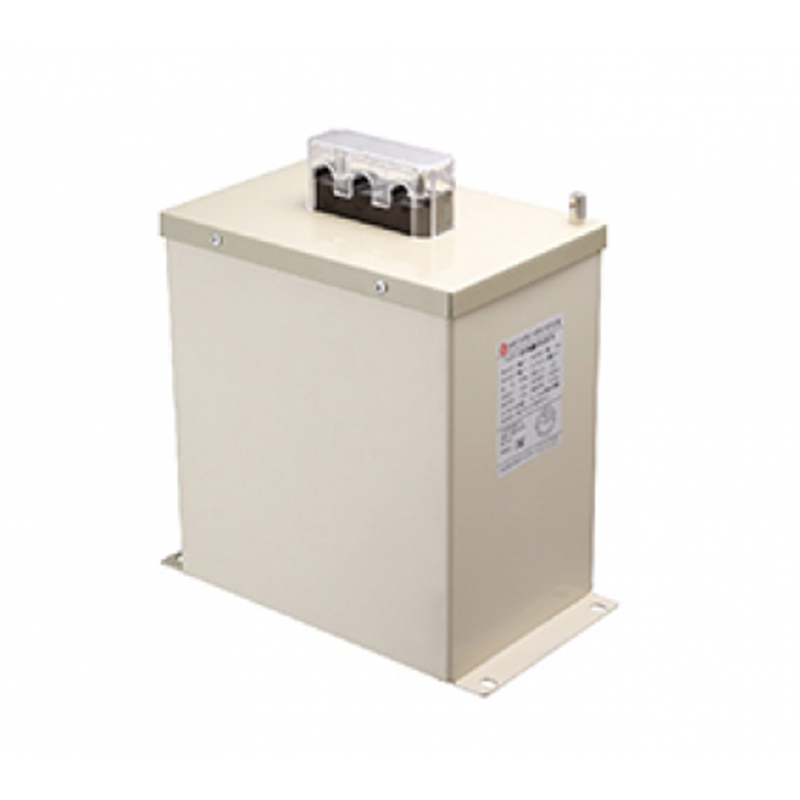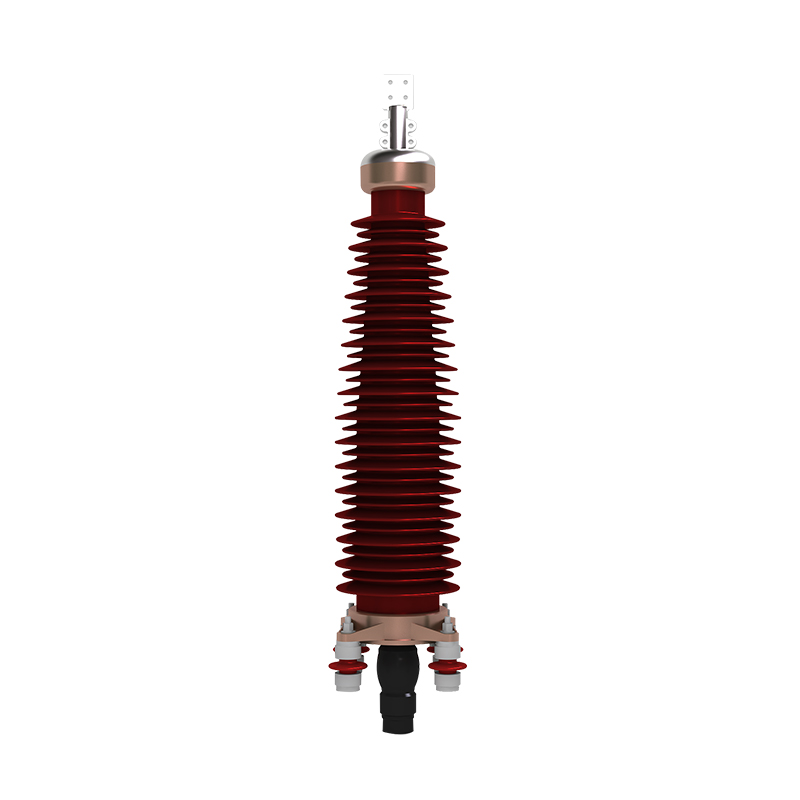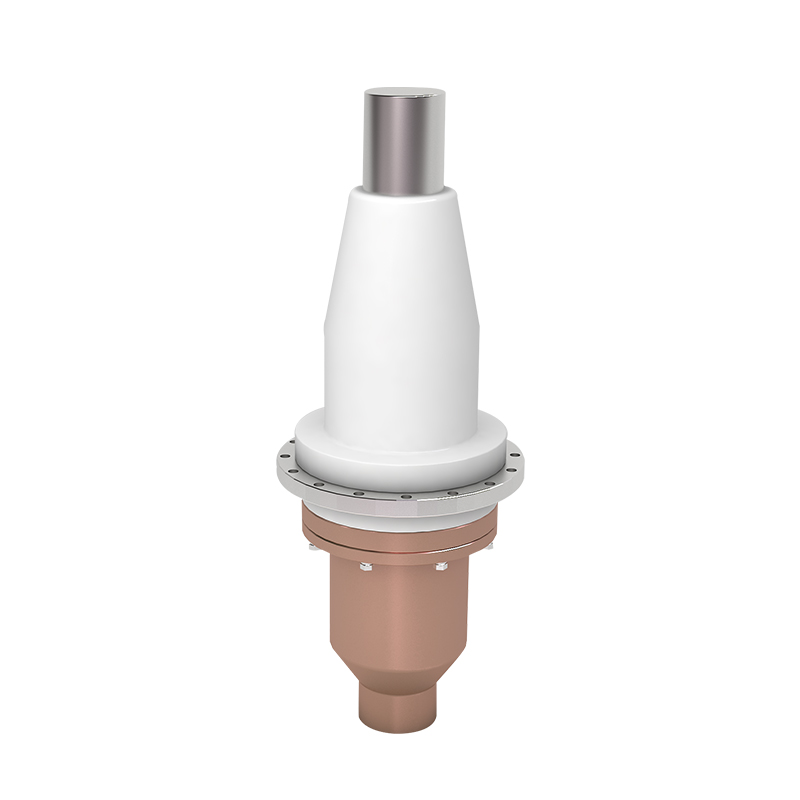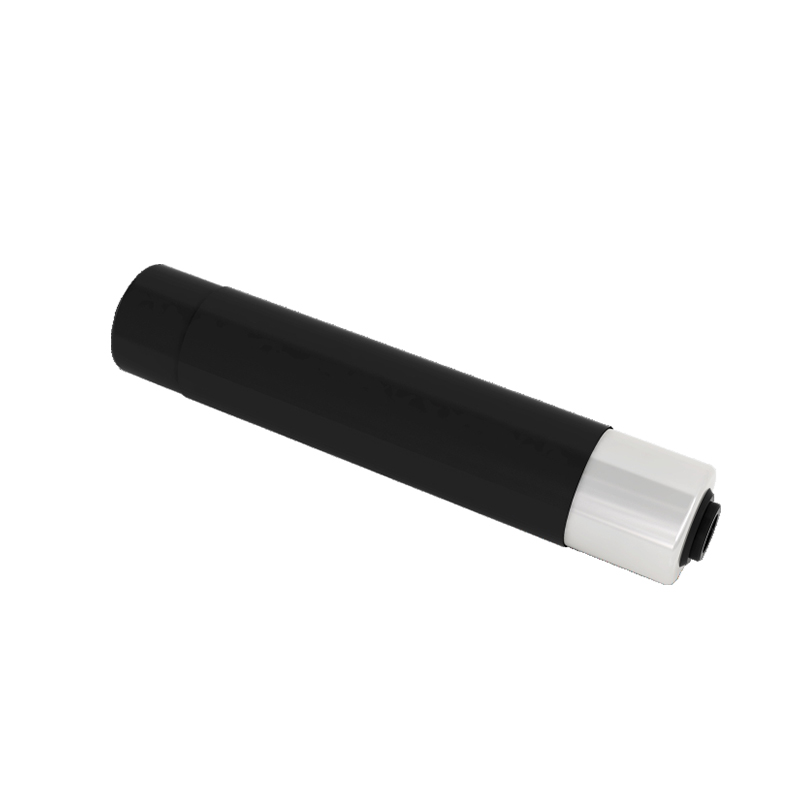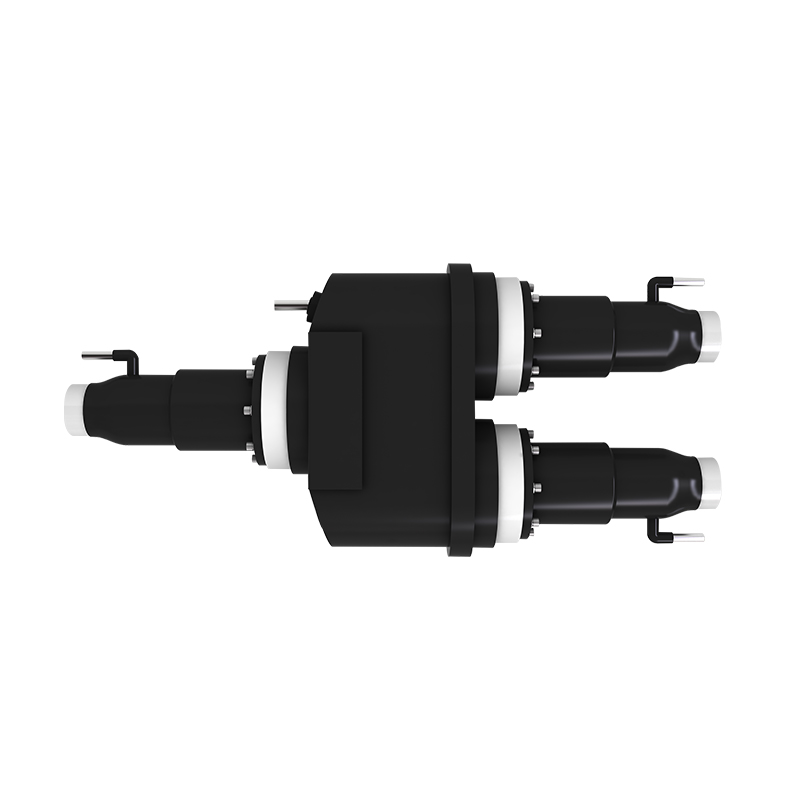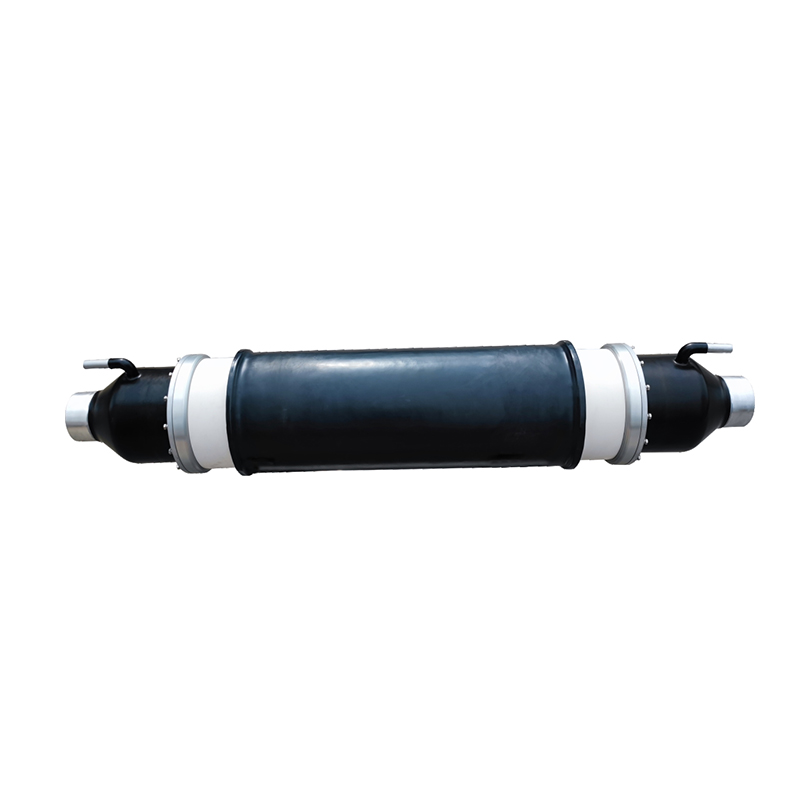Surge and Overvoltage Resistance of High Voltage Capacitor Unit in Power Systems
High Voltage Capacitor Units play a vital role in power systems, including energy storage, filtering, and reactive power compensation. One of their critical performance aspects is the ability to withstand electrical surges and overvoltage conditions. Surges and voltage spikes can occur due to lightning strikes, switching operations, or transient faults. Understanding the surge and overvoltage resistance of a High Voltage Capacitor Unit is essential for ensuring reliability, preventing system failures, and maintaining safe operation in power distribution networks.

Causes of Surges and Overvoltage
Electrical surges and overvoltage events are common in power systems. Lightning strikes induce extremely high voltage spikes that can propagate through transmission lines. Switching operations in transformers, circuit breakers, and other equipment creates transient overvoltages. Load switching and sudden disconnections can also generate voltage oscillations that stress capacitors. These events are often brief but extremely powerful, and the capacitor must be designed to absorb or withstand them without degradation or failure.
Design Features for Surge Resistance
High Voltage Capacitor Units incorporate several design elements to improve surge tolerance. The dielectric material must have high breakdown strength to resist sudden voltage spikes. Metalized film capacitors, for example, provide self-healing properties, allowing localized dielectric breakdowns to vaporize the metal at the fault point, preventing catastrophic failure. Insulation layers are carefully designed to handle overvoltage conditions, and internal electrode spacing is optimized to decrease electric field concentration. Additionally, robust construction helps the capacitor maintain mechanical integrity during high-energy surge events.
Overvoltage Tolerance and Ratings
Capacitor manufacturers specify continuous operating voltage and overvoltage tolerance, often expressed as a percentage above the rated voltage. Exceeding these limits can cause dielectric breakdown, excessive heating, or permanent capacitance loss. High-quality High Voltage Capacitor Units are designed to endure transient overvoltages that may last a few milliseconds or longer without compromising functionality. Surge current ratings also indicate the amount of current the capacitor can safely absorb during voltage spikes, which is crucial for system protection and reliability.
Thermal and Electrical Stress Management
Surges and overvoltage events create both electrical and thermal stress within the capacitor. Rapid voltage changes cause localized heating and can induce partial discharges if the dielectric is stressed beyond its limits. Efficient heat dissipation, high-quality dielectric materials, and optimized electrode designs help mitigate these stresses. Proper installation and adequate spacing between capacitors and other equipment further reduce the risk of voltage stress concentration and improve overall system resilience.
Practical Implications in Power Systems
In power distribution networks, High Voltage Capacitor Units are often used in reactive power compensation, harmonic filtering, and voltage stabilization. Their ability to resist surges ensures uninterrupted operation of downstream equipment, reduces maintenance costs, and prevents outages caused by capacitor failure. Selecting capacitors with appropriate surge and overvoltage ratings is critical for systems exposed to frequent transient events or harsh electrical environments. Regular inspection and monitoring enhance long-term reliability, ensuring capacitors maintain performance under repeated stress.
The surge and overvoltage resistance of a High Voltage Capacitor Unit is fundamental to its role in power systems. By using high-strength dielectric materials, self-healing designs, and optimized construction, these capacitors can withstand transient voltage spikes and surges without failure. Proper selection, installation, and maintenance ensure long-term reliability, system protection, and operational stability. Understanding these characteristics allows engineers to design safer, more resilient power systems that can endure electrical disturbances while maintaining consistent performance.
News
Recommended News
Recommended Products
The variety of models, to meet the development needs of various regions in the world.
-
Add: No. 508, Dongye Road, Dongjing Town, Songjiang District, Shanghai
-
Tel: +86-13757652508
-
E-mail: [email protected]
 English
English 中文简体
中文简体 русский
русский Español
Español عربى
عربى